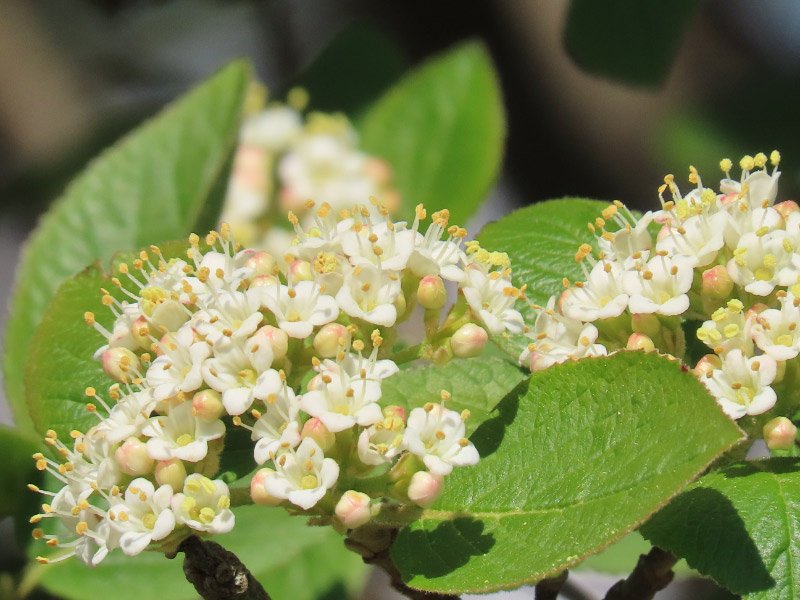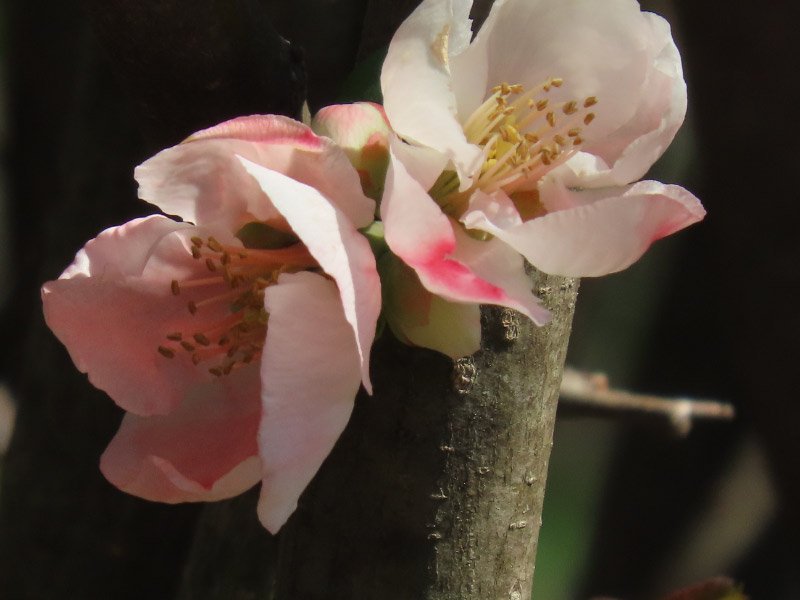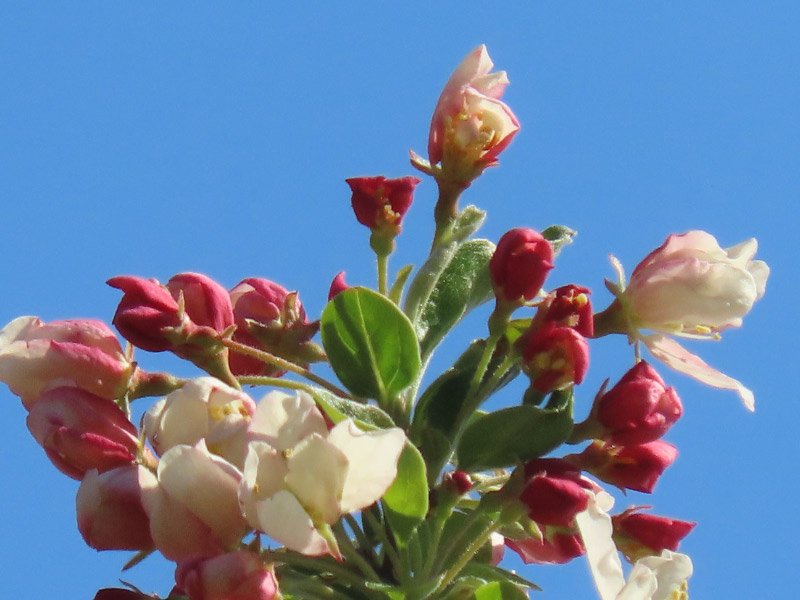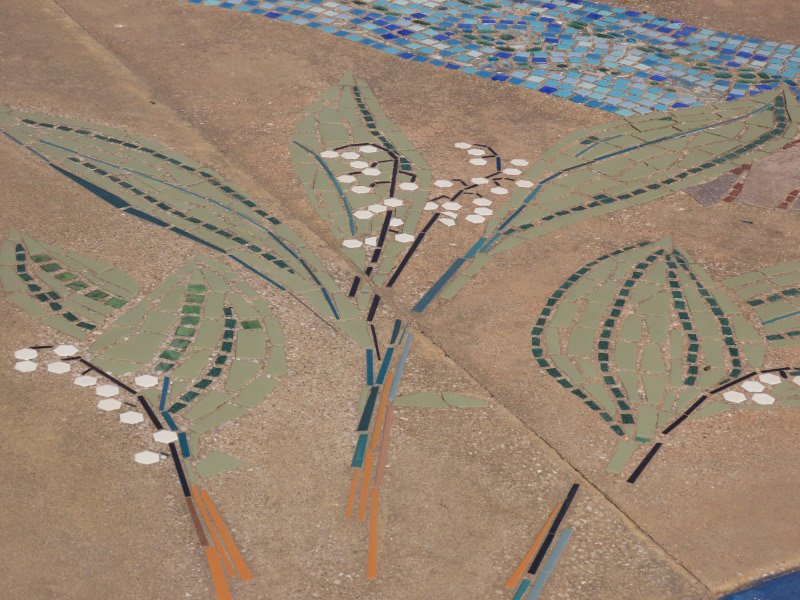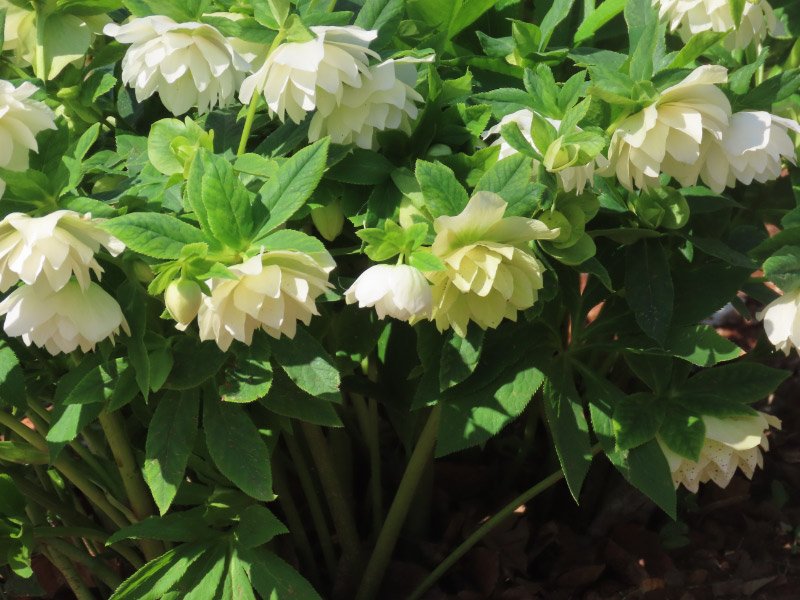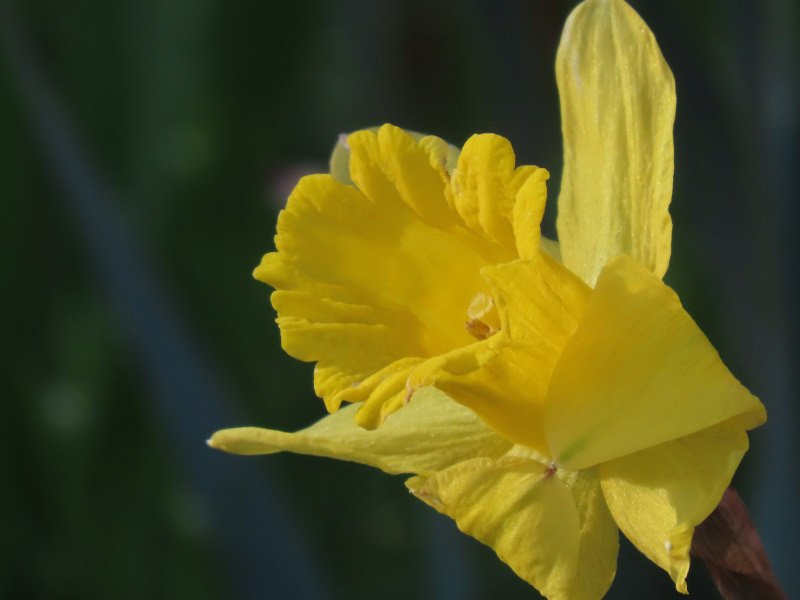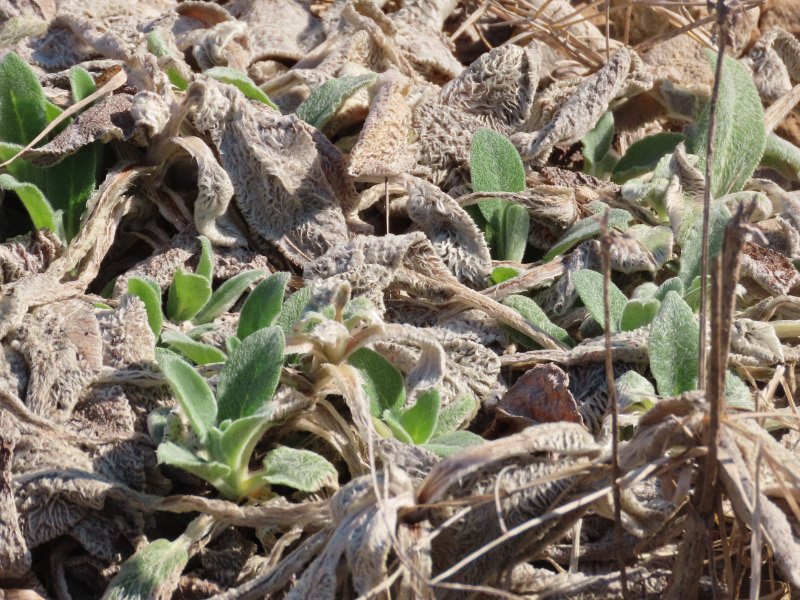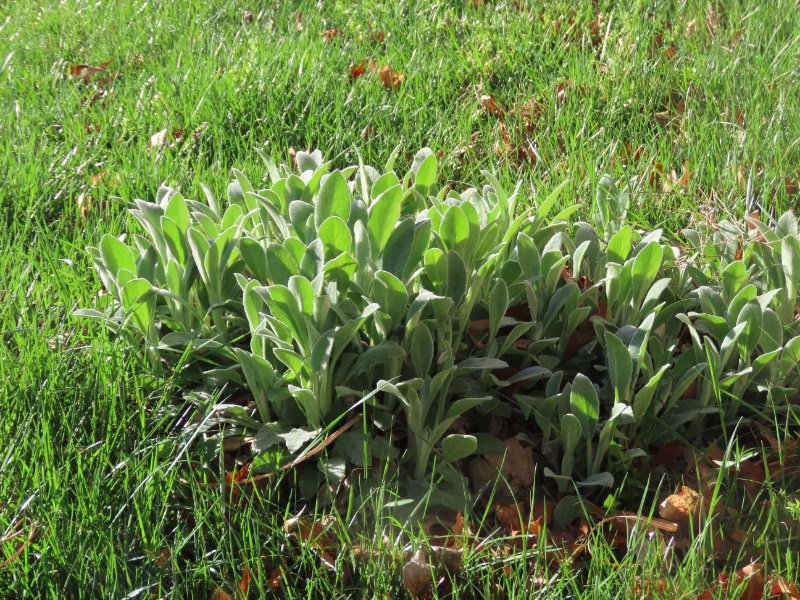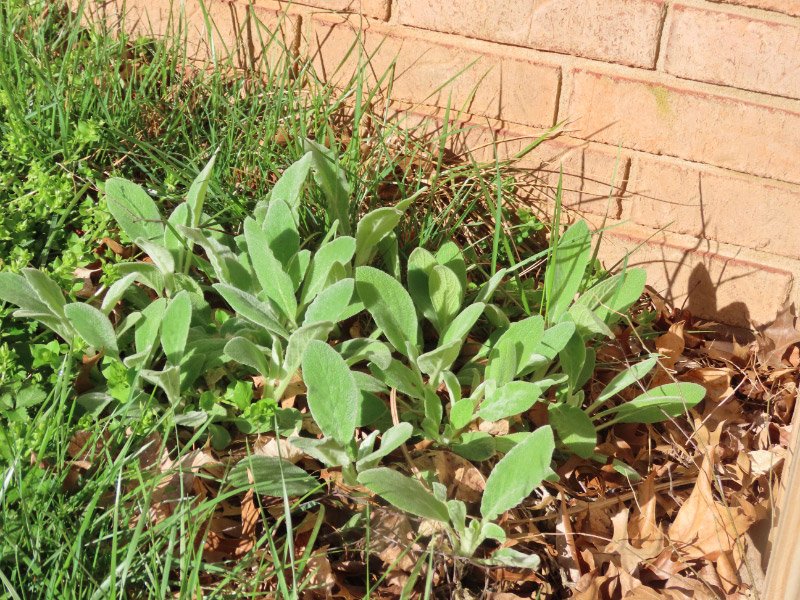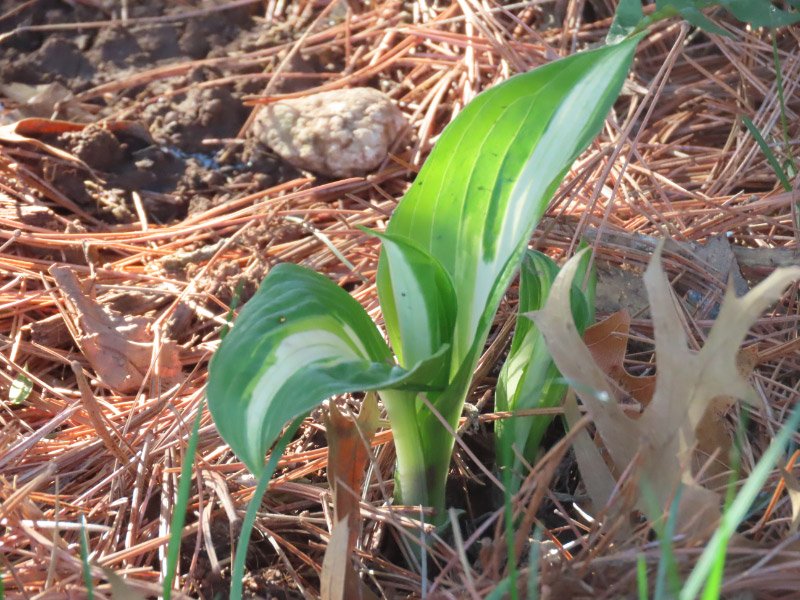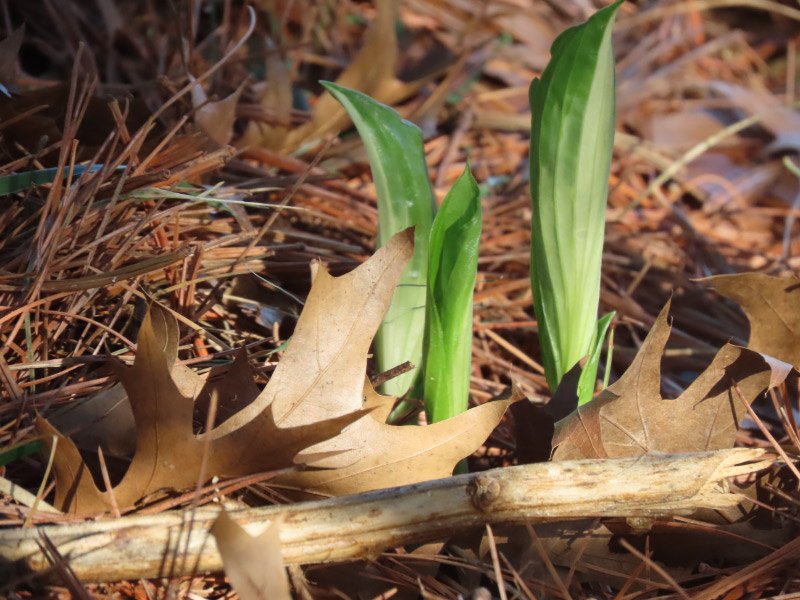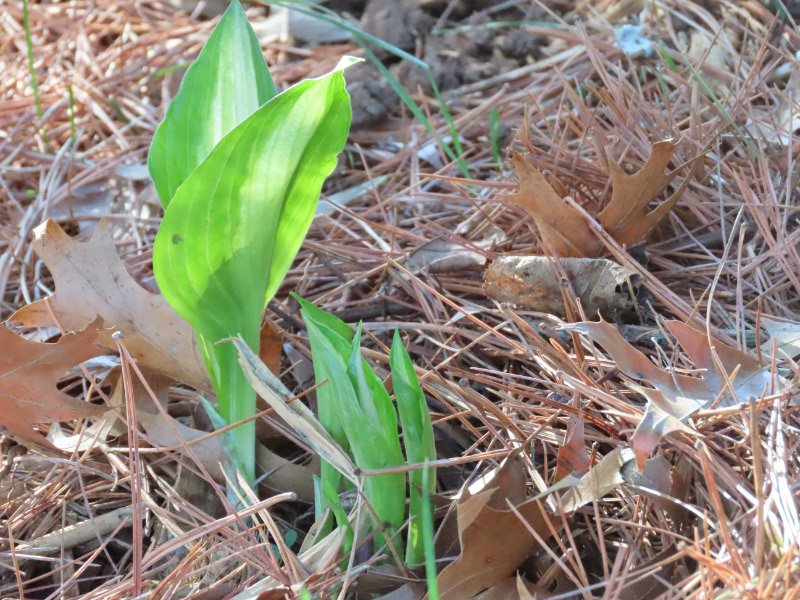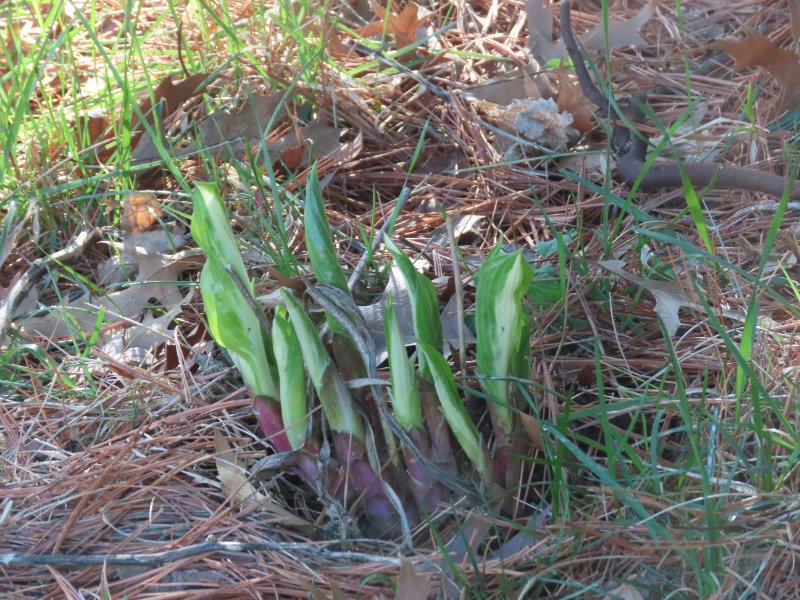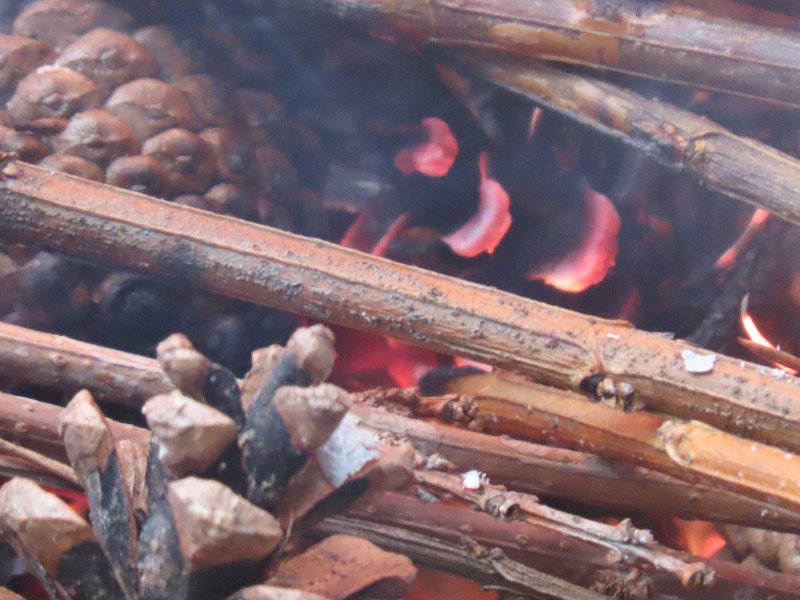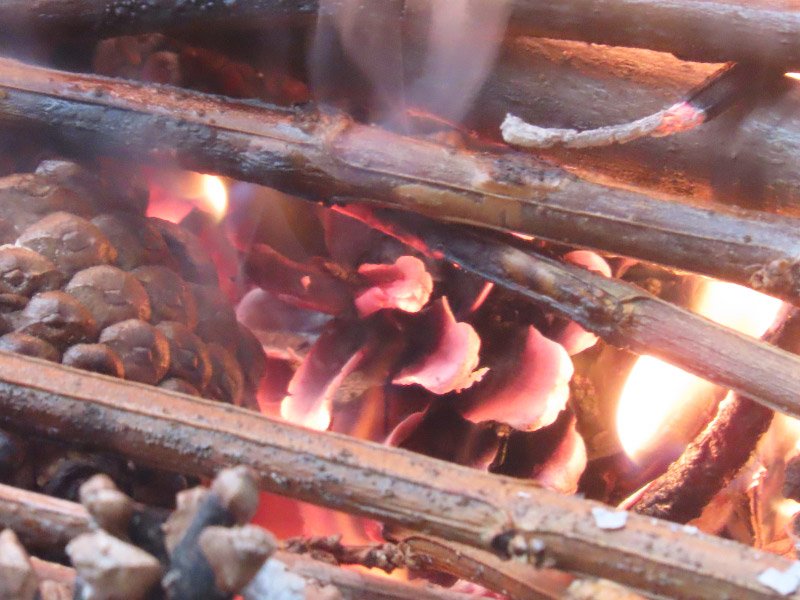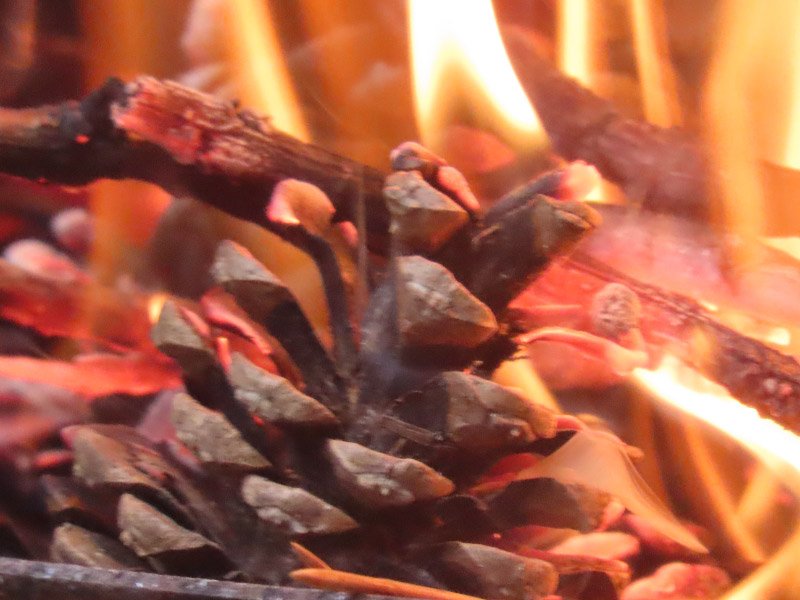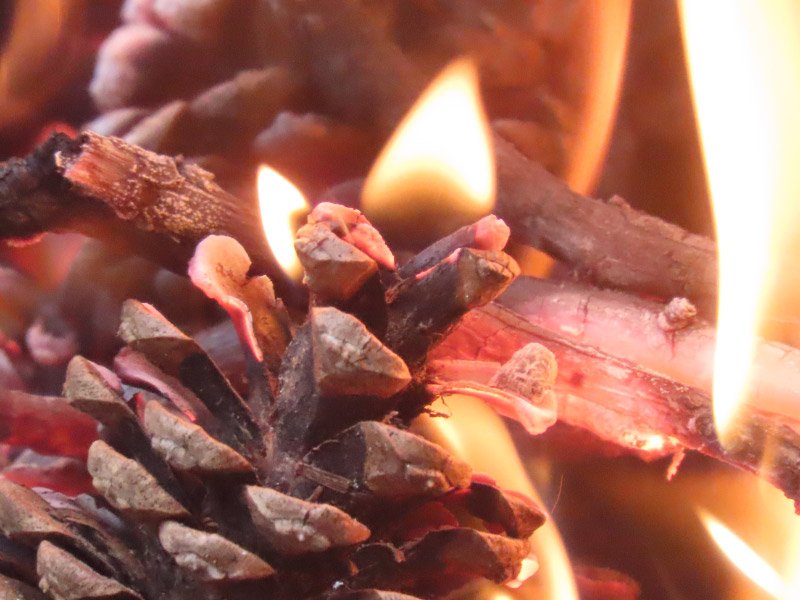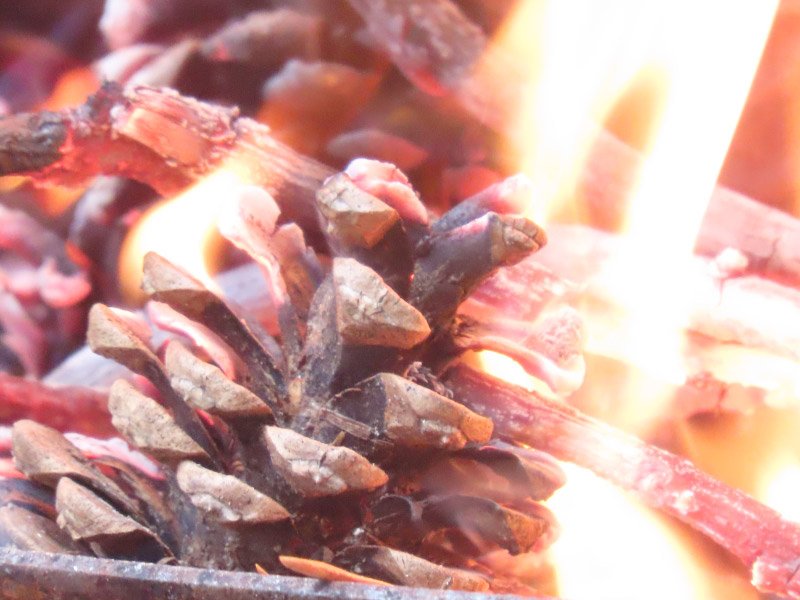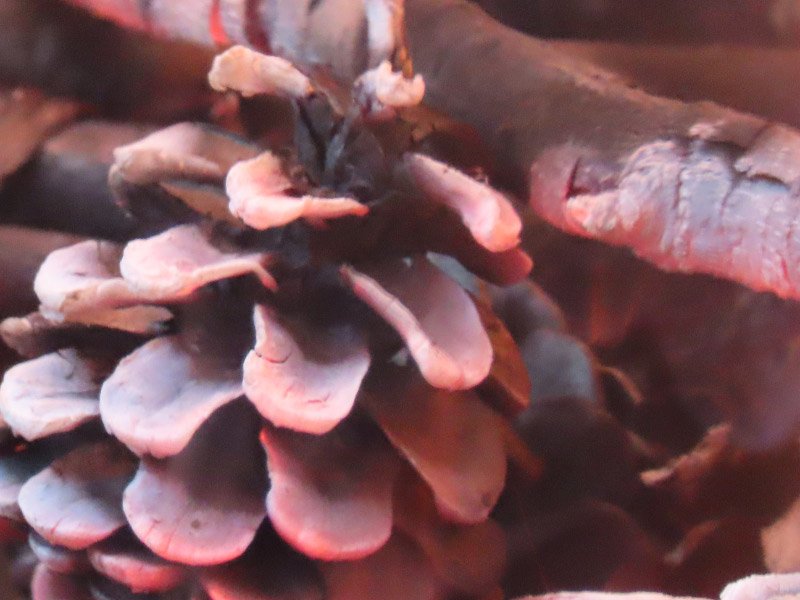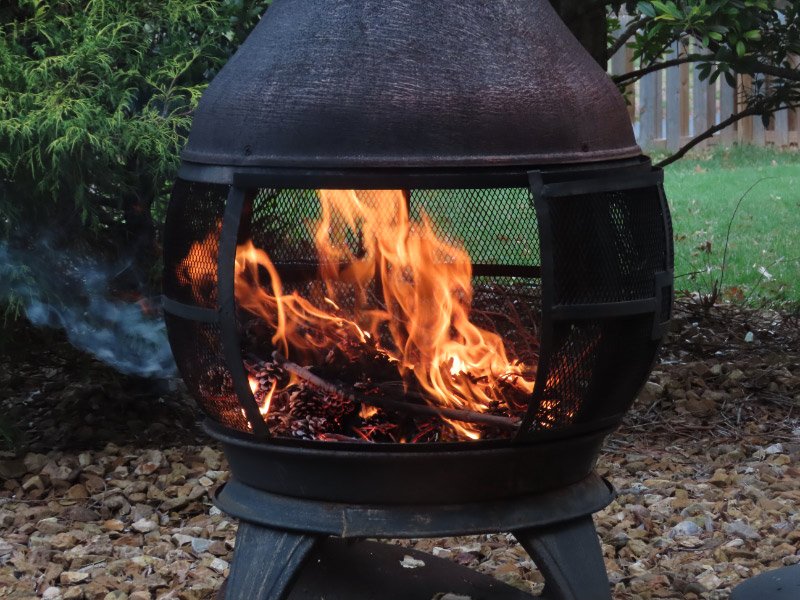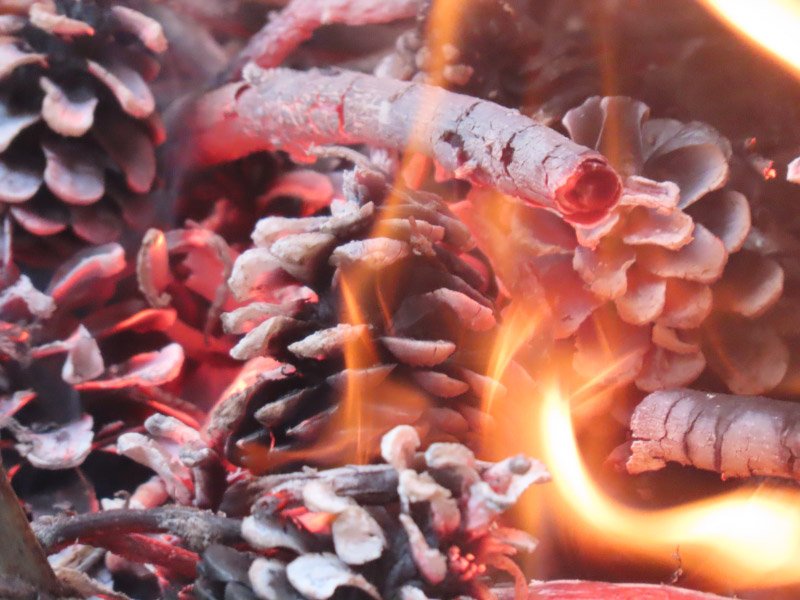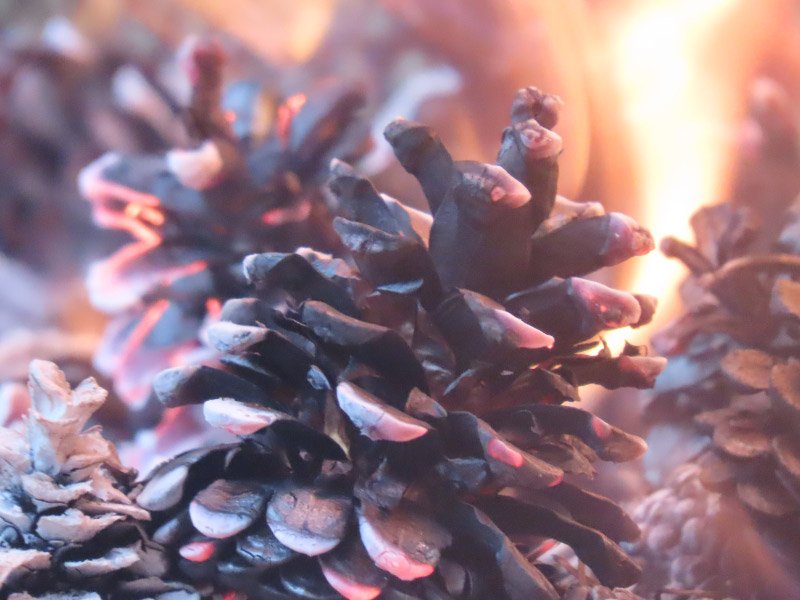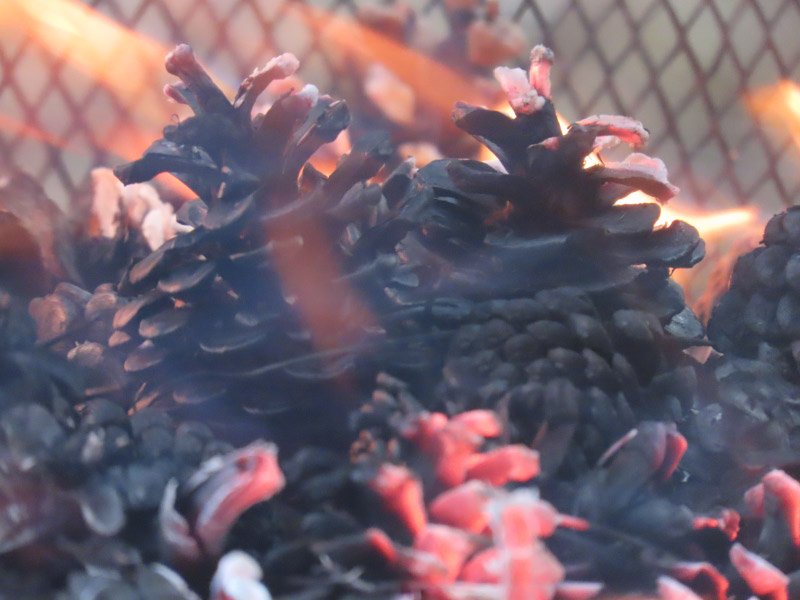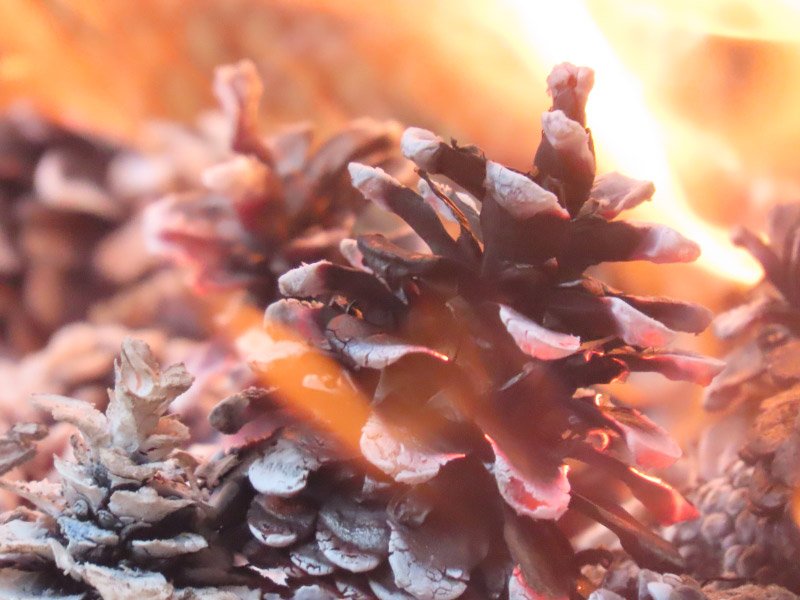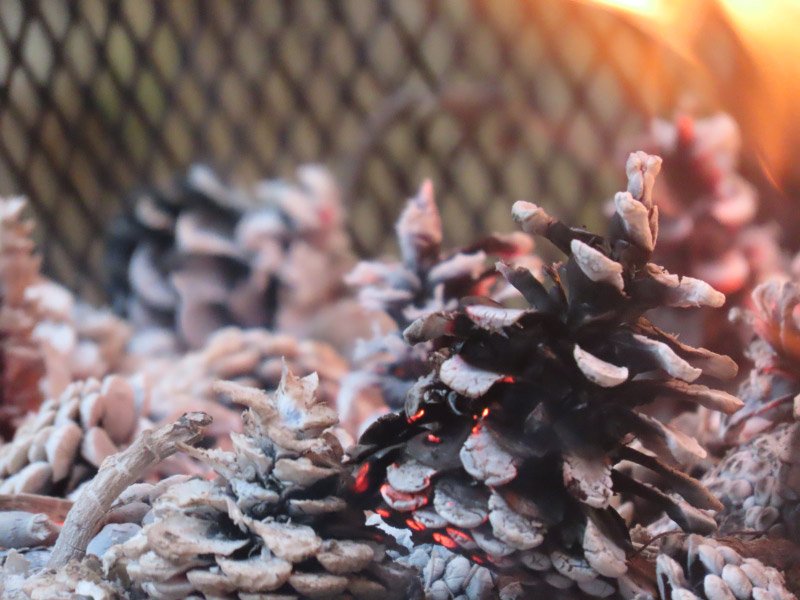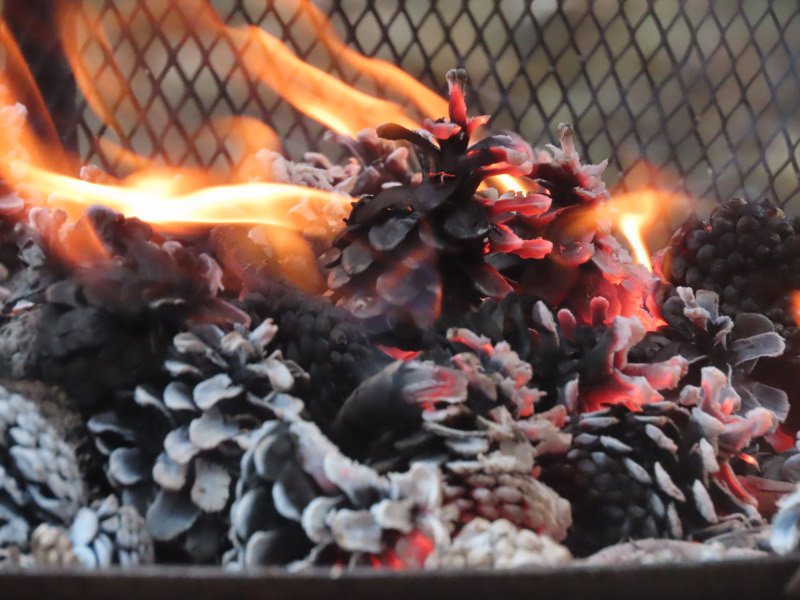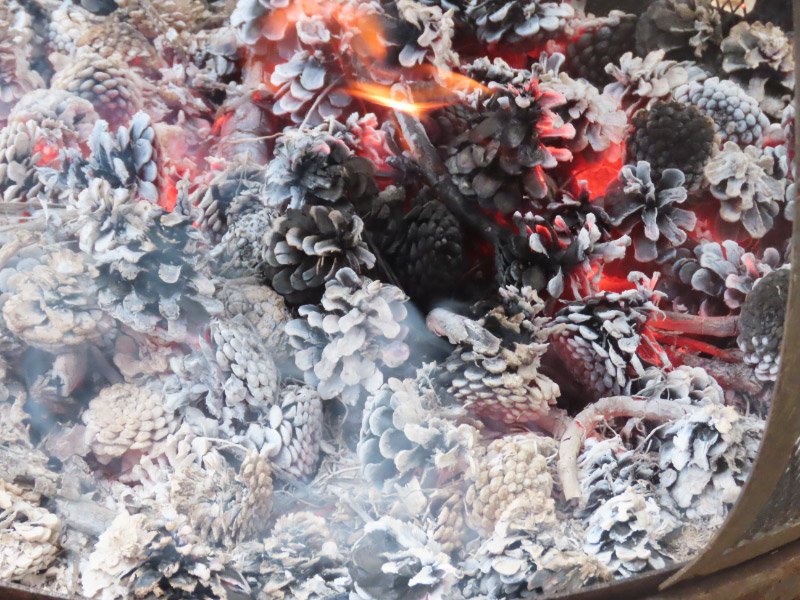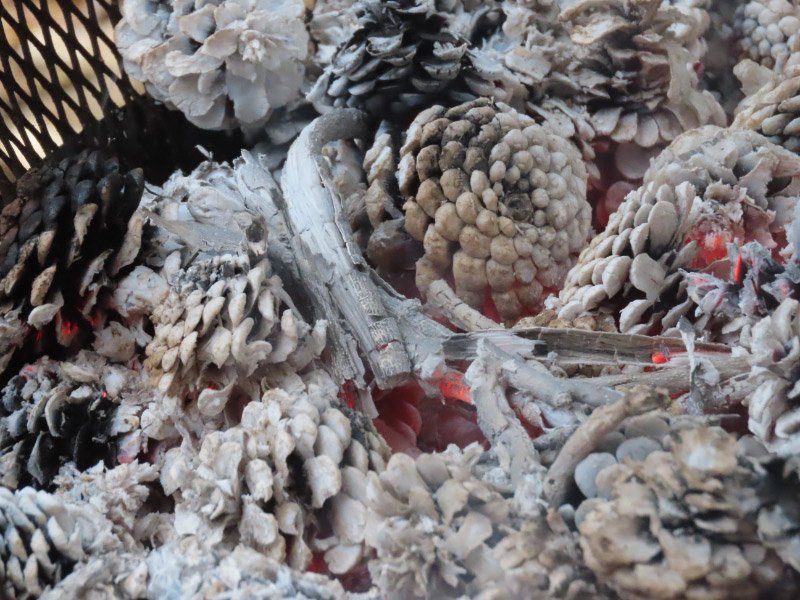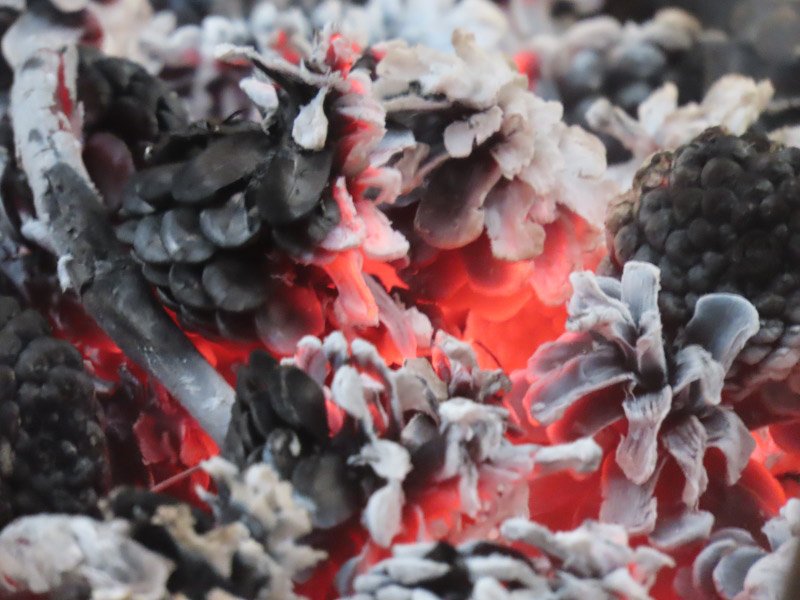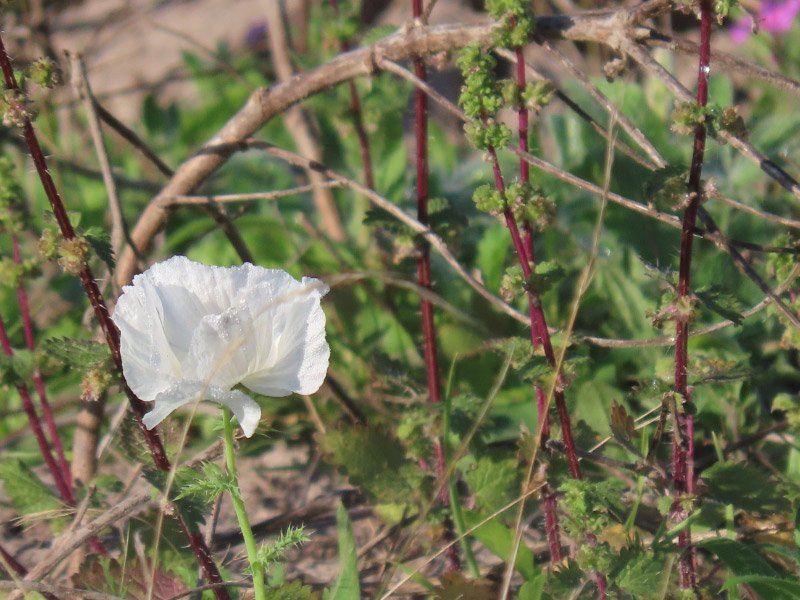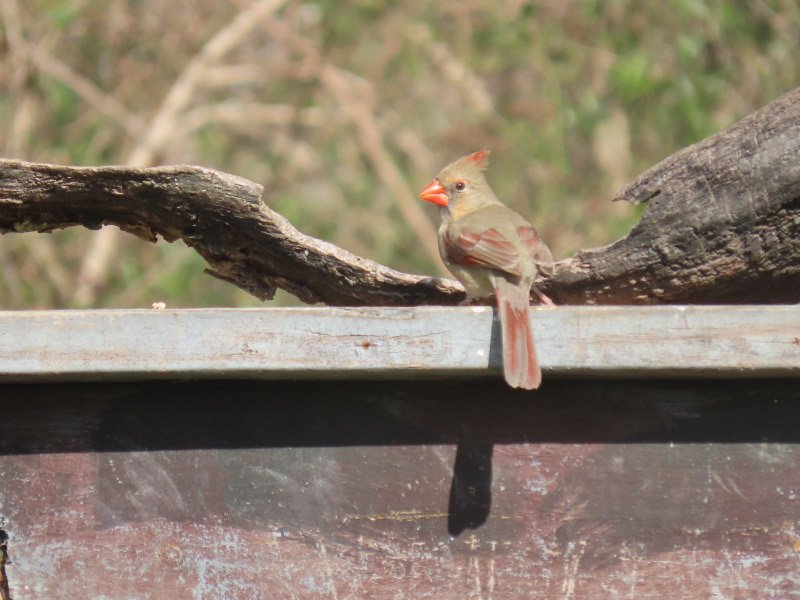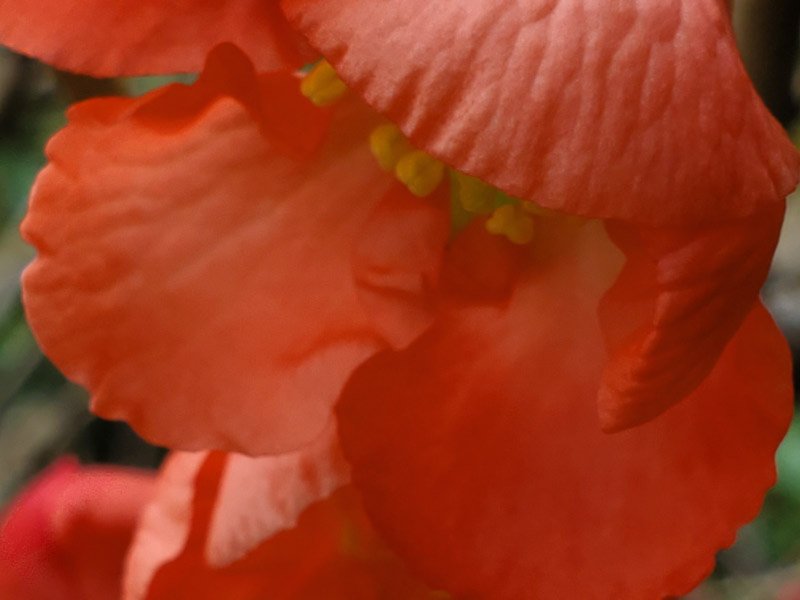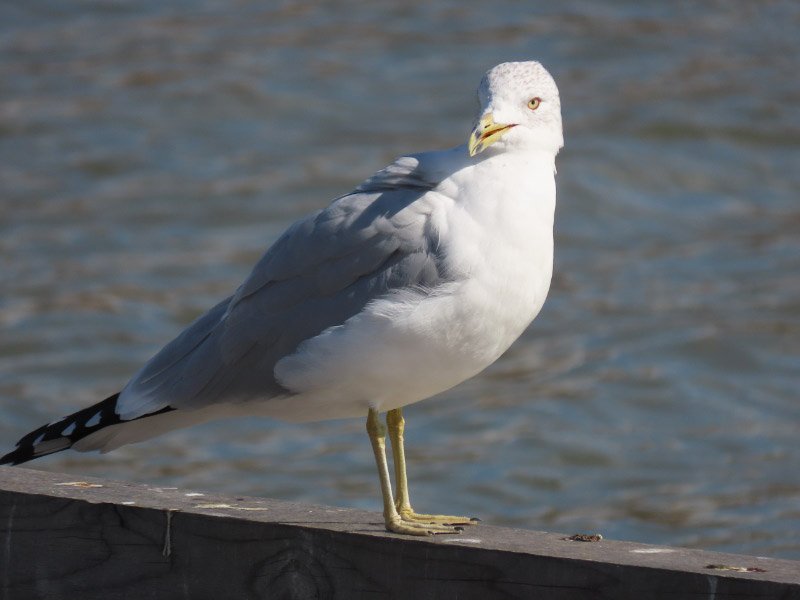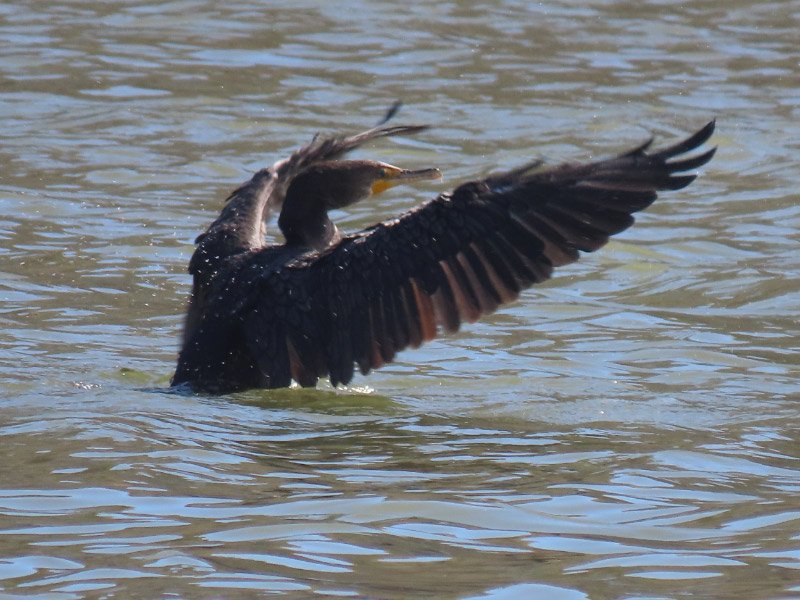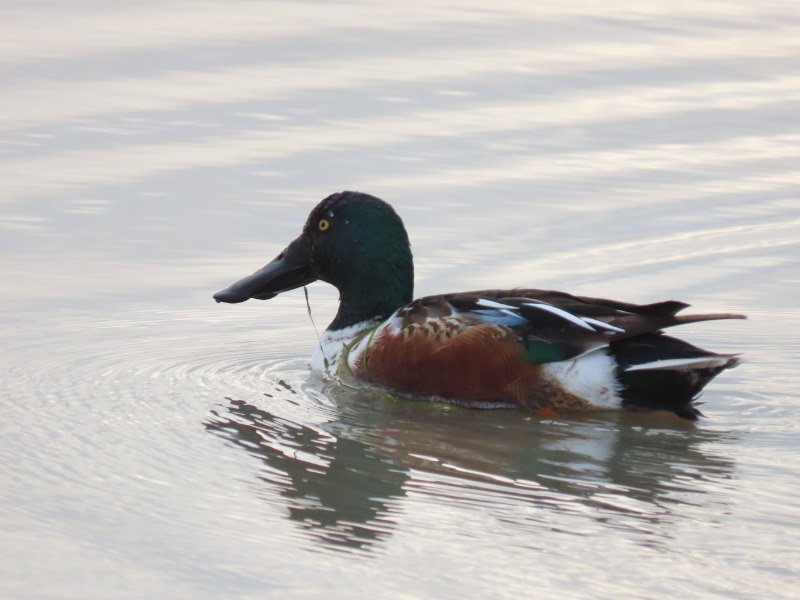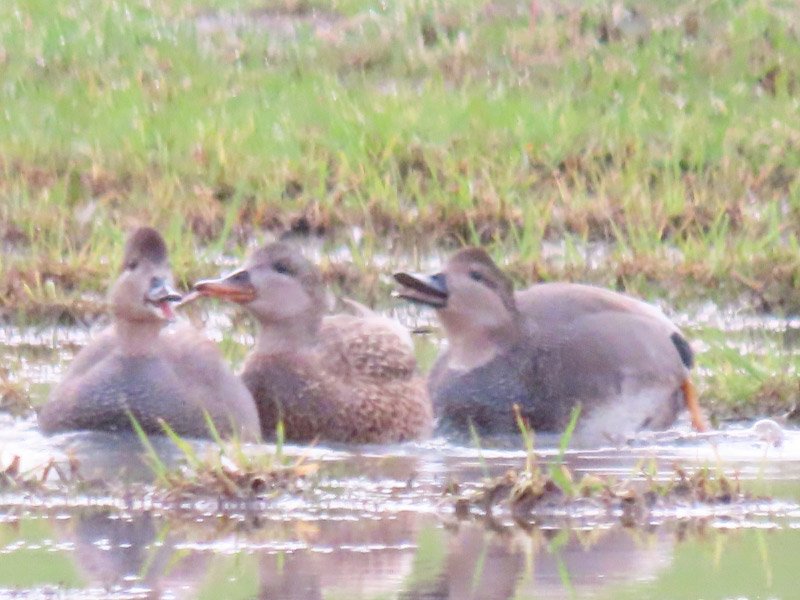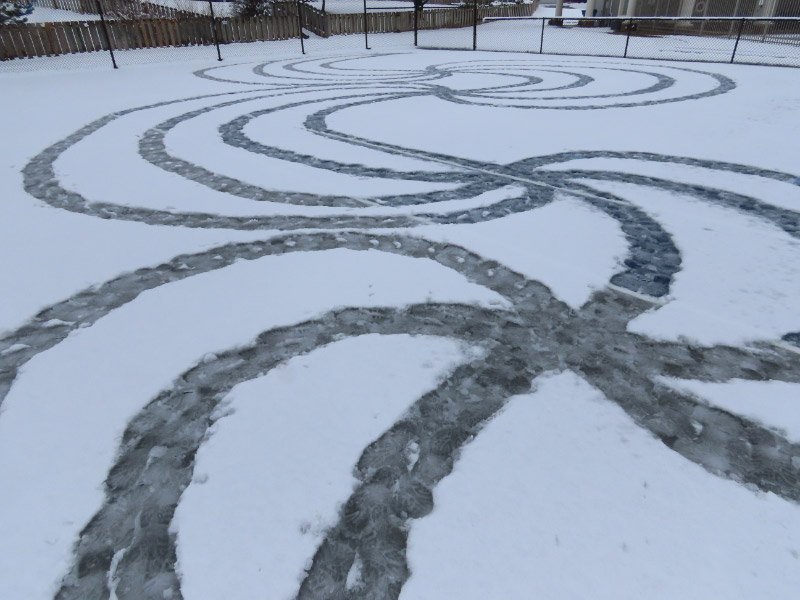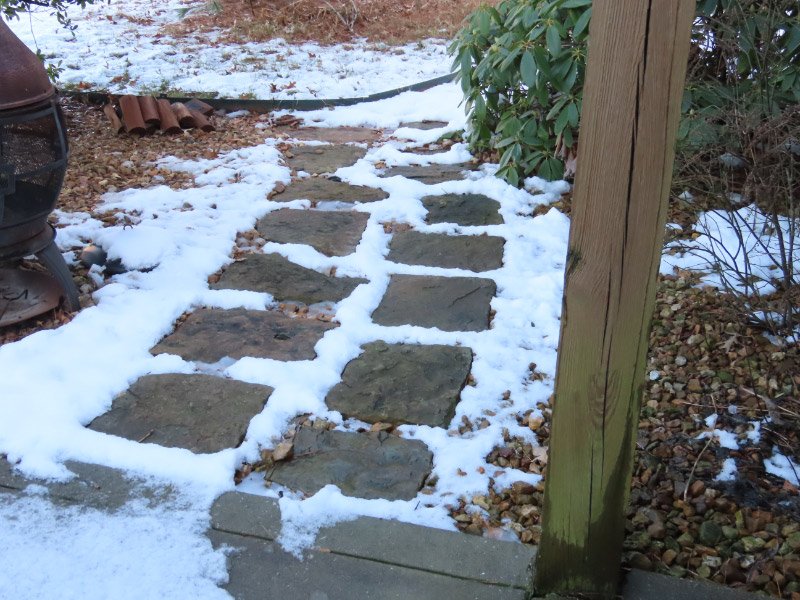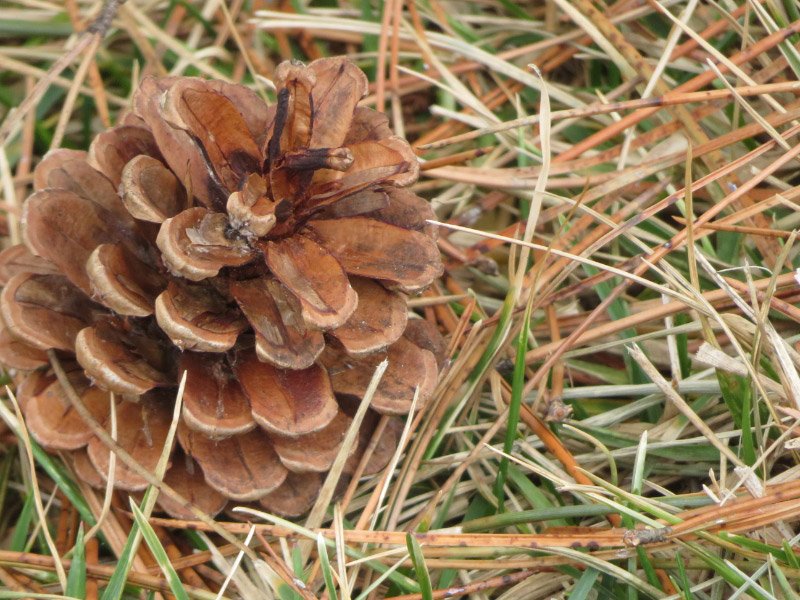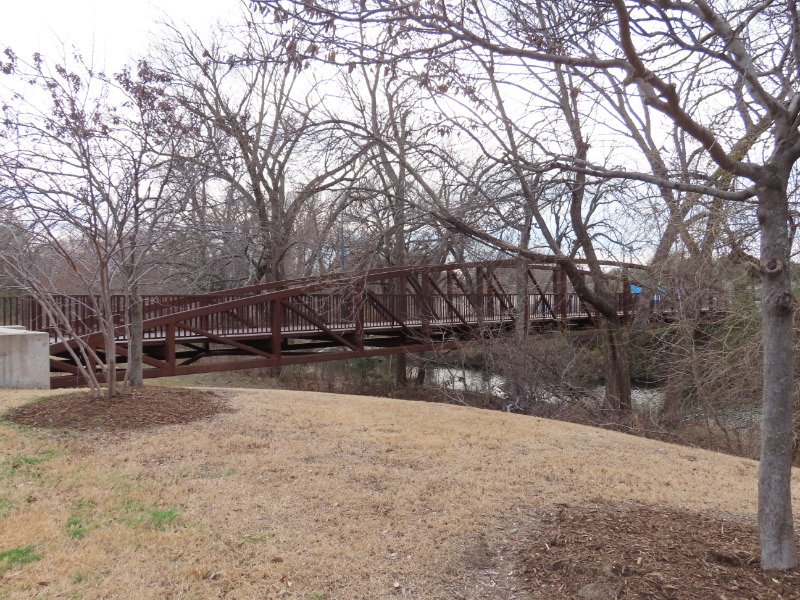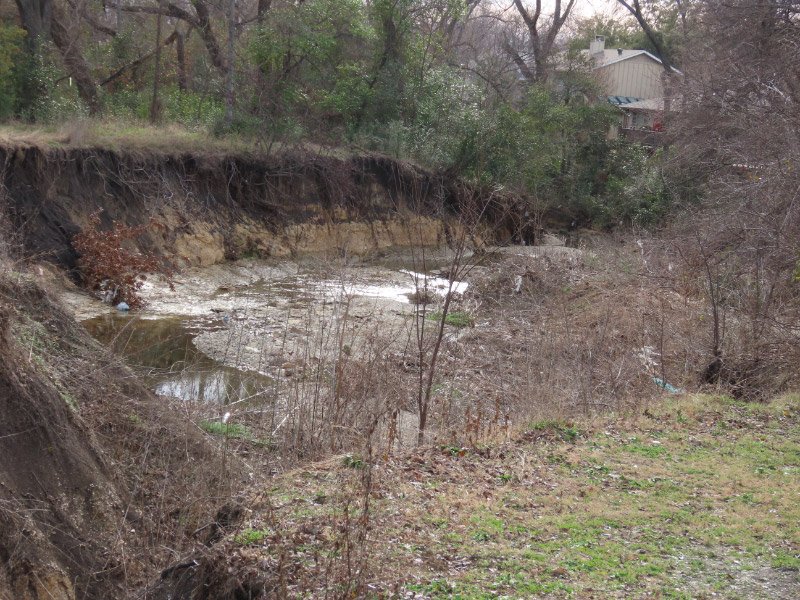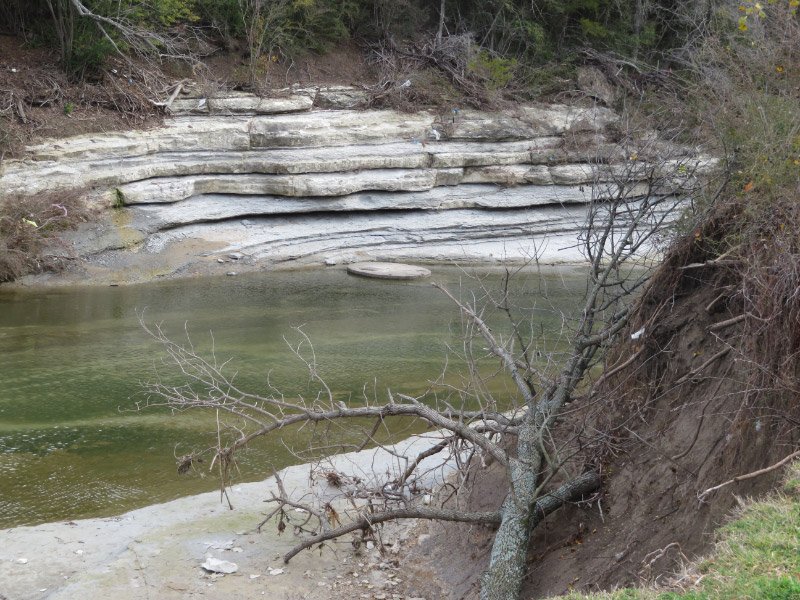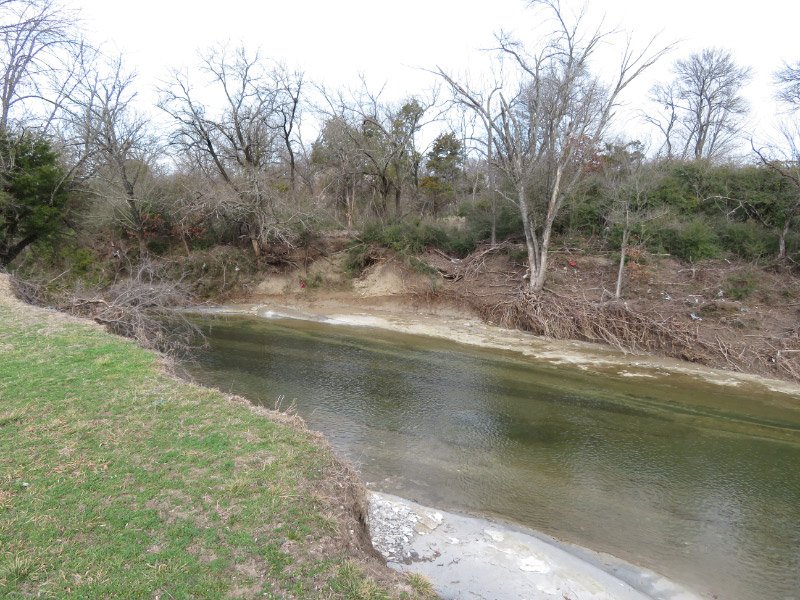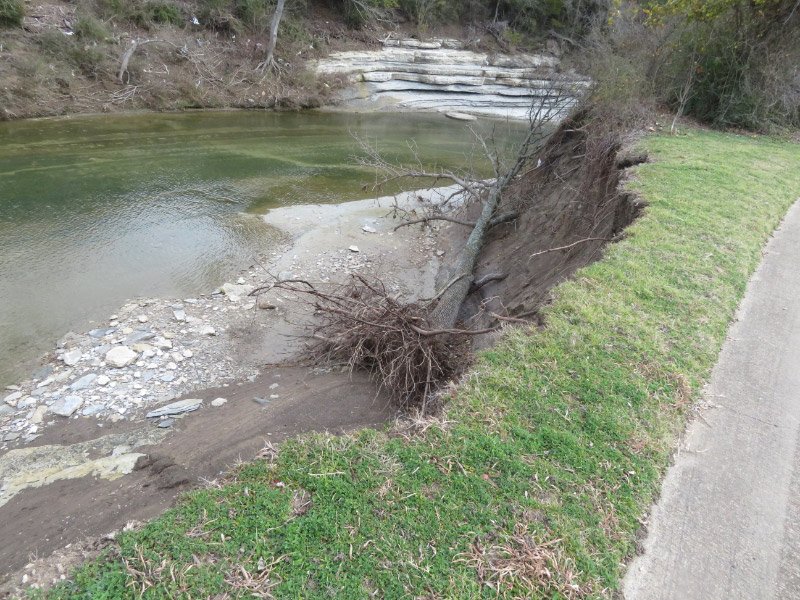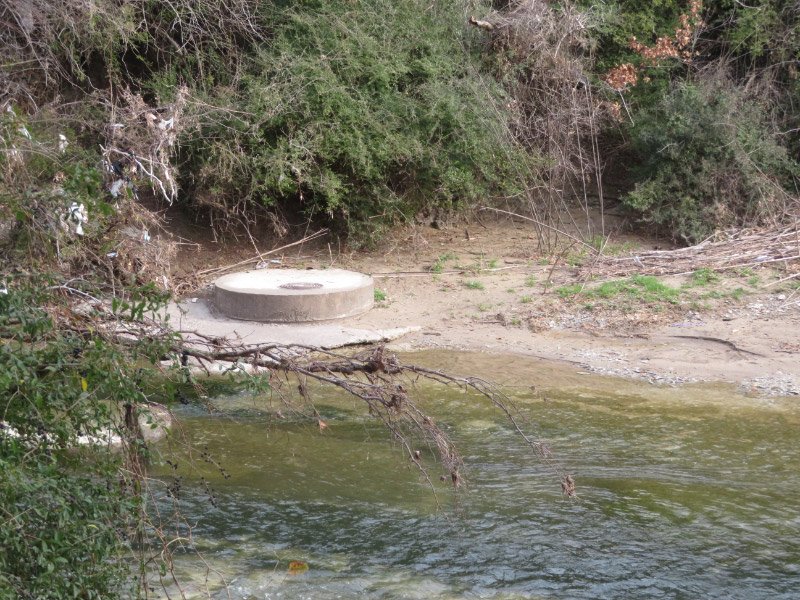Springfield Botanical Garden – March 2024
/Springfield Botanical Gardens is one of my favorite places; I will try to go at least once a month for the rest of this year. We went on a sunny cool day in the late morning. The sky was almost clear and the light was very bright….making for some ‘almost high key’ pictures of the blossoms on a tree growing close to where we parked.
There were other trees/bushes in bloom as well.
The maples were already making seeds (i.e. past blooming). The seeds were still colorful.
Spring bulbs were still blooming….
But I was more interested in the new growth all over the hosta garden. It will be very lush this summer.
I took some pictures of the garden mosaic…carefully avoiding getting my shadow in the picture.
Lenten roses were blooming. My daughter has some in her yard too. They do seem to grow well but I tend to not like them because their blooms face downward.
There were birds in the gardens too. Lots of robins. We heard a brown thrasher and then saw it high in the tree….too high for a good picture. I did get a picture of a blue bird though!
My husband was very tolerant of my walking around to take pictures even though he didn’t see anything he was interested in photographing. He seemed very intent on macro photography….and didn’t see any opportunities. I find that the zoom on my bridge camera (Canon Powershot SX70 HS) is good enough to take some ‘almost macro’ pictures without being close to the flowers (or birds) at all!






